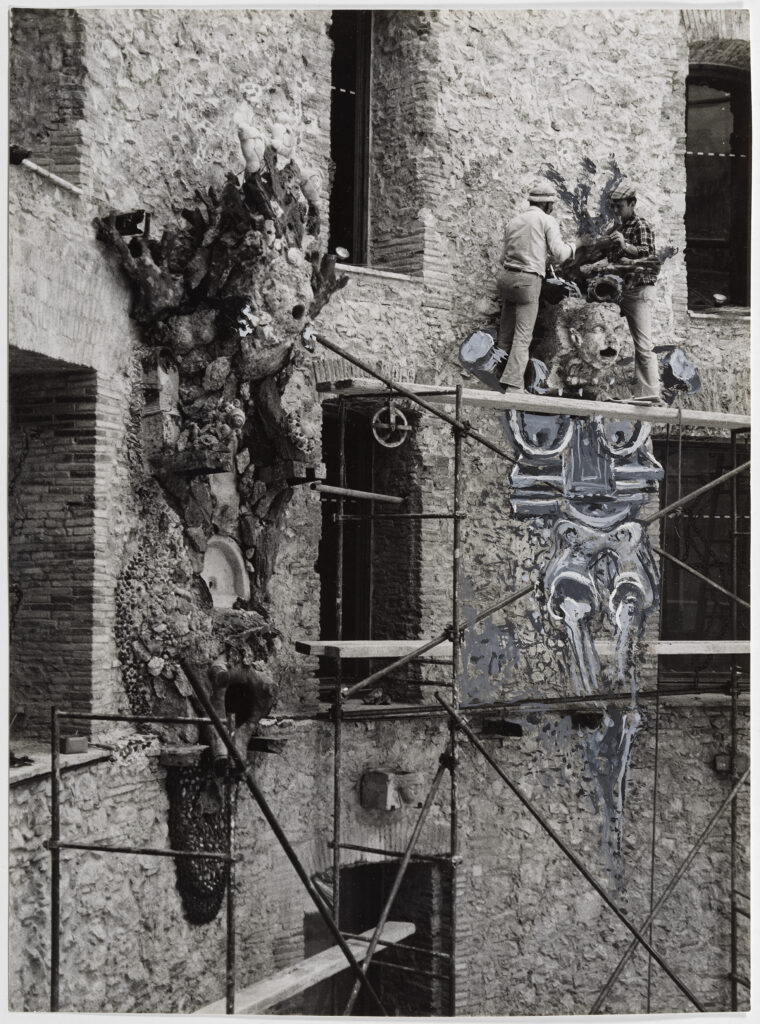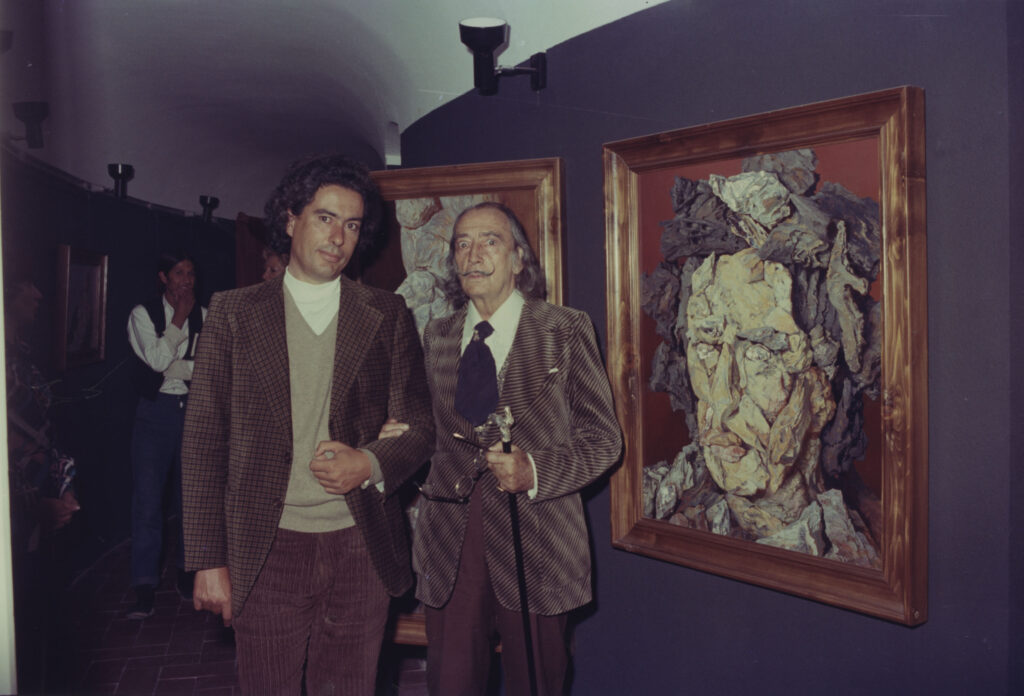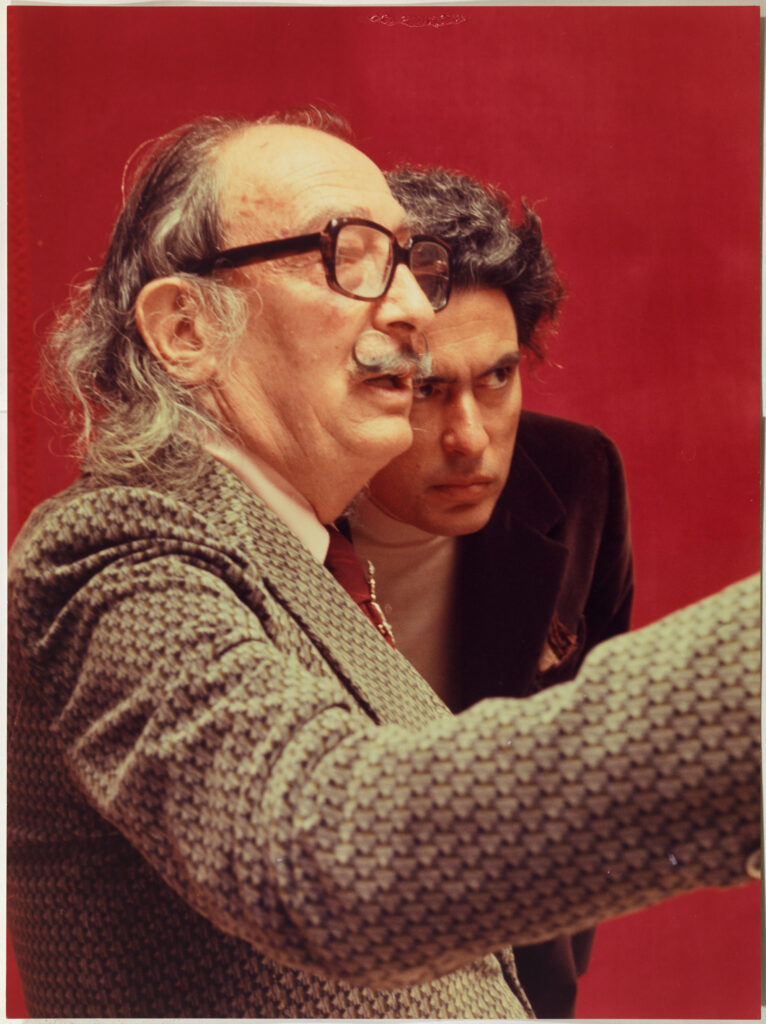A family of artists
Antoni Pitxot was born in Figueres on 5 January 1934 into an artistically inclined family. His uncle, Ramon Pichot, was a prominent painter at the time, whose impressionist paintings impacted and influenced a still young Dalí. But he was not the only family member to pursue a career in the arts: Antoni’s father, Ricard Pichot, was a cellist and disciple of Pau Casals; his brother, Lluís Pichot, was a violinist; and his sister, Maria Pichot, was the legendary mezzo-soprano Maria Gay.
Although he was born in Figueres, Antoni Pitxot spent most of his youth in San Sebastian, where he lived from 1946 to 1964. There, he studied drawing under Juan Núñez, the same teacher who had taught Dalí. In 1955, he took part in his first group show, in San Sebastian. In the following years, he began to make a name for himself in other cities, such as Barcelona, Madrid, Bilbao and Lisbon. His work at that time was of a realist nature, influenced by expressionism.
In 1964, he moved to Cadaqués, and his oeuvre took a dramatic turn. Fascinated by the setting’s mineral landscape, he shifted his attention to the stones around him. These natural elements soon took centre stage in his art, where they were given anamorphic, anthropomorphic, and allegorical forms in an approach with ties to a Western artistic tradition ranging from Italian mannerism to surrealism.
Around that same time, he also strengthened his family and personal ties with Salvador Dalí, culminating in a deep friendship and artistic collaboration.
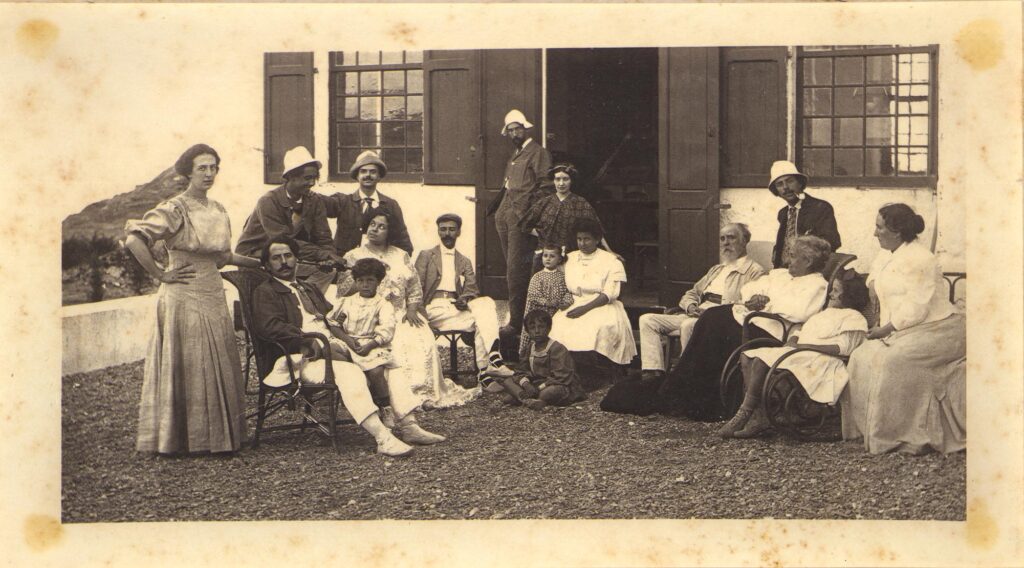
Cadaqués as an artistic and vital hub
The start of Antoni Pitxot’s second artistic life came about when he relocated to Cadaqués in 1966. He established both his residence and his studio in the town, where he continued to live until his death in 2015. In Cadaqués, he found a space to retreat and work. That was also where he would meet and continue to build his friendship with Salvador Dalí. The surrounding landscape is a common and recurring theme in his work.
Cadaqués was doubly meaningful for Antoni Pitxot: it was both the place where he would meet and develop his friendship with Salvador Dalí and a place of solitude where he could pursue his art and contemplate the mineral landscape that would become the main subject of his work. In fact, this landscape would become something of an obsession for the artist, as several sources from the period attest: ‘Pitxot represents a fanatical love – a fetishism – of the rocks of Cap de Creus, which he reproduces with a sort of hyperrealism and total fetishism.»
His self-portraits from the early 1970s perfectly encapsulate this fascination with the rocks and mineral environment of the landscapes of this spot on the Costa Brava.
The support and understanding between Pitxot and Dalí went beyond painting. They spent hours talking about artists such as Watteau, Velázquez, Rembrandt and Gustave Moreau. This mutual influence can be seen in projects such as the exhibition ‘The Battle of Constantine’, from 1985, inspired by a conversation with Dalí about the stones of Sa Conca.
Pitxot’s mannequins
Mannequins were of great importance in Antoni Pitxot’s artwork. They played an especially significant and representative role in his work and installations from his studio in Cadaqués, where they became sculptures for creation in what was a stage for contemplating both the ephemeral and the apparent and real.
The idea of a mannequin in the dual sense of a stand and an icon has infinite connotations, both in the world of the surrealists – Salvador Dalí, Marcel Duchamp and Man Ray all bear witness to this – and throughout art history.
Antoni Pitxot’s mannequins, installed and sustained in an intentionally simple way with wires or, sometimes, nothing at all to hold them in place, are the definition of an ancestral anthropomorphic accumulation that would, fleetingly, appear in his studio for contemplation. They are considered neither sculptures nor final works, nor are they bodies invented for objectification in itself. Instead, they are a fundamental part of a process, a step towards the representation that the spectator will perceive through the artist’s various canvases. In fact, they are works that exude poetry, albeit a poetry anchored in reality and timelessness, as they refer to both ancient myths and contemporary creations.
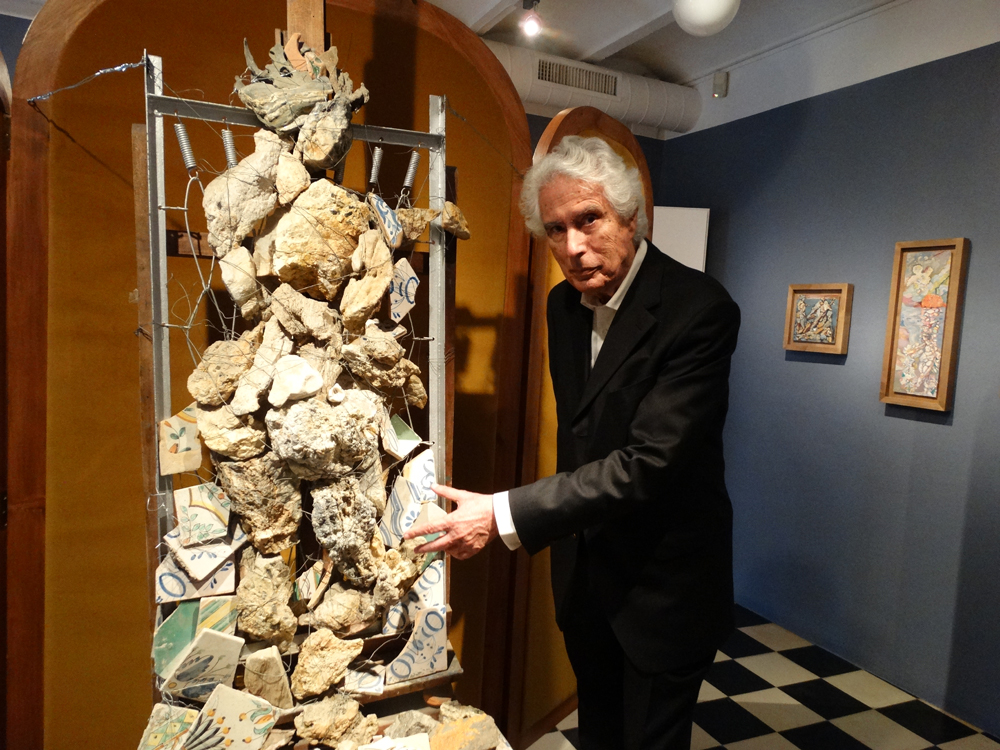
Contribution to the creation of the Dalí Theatre-Museum
One of the most fruitful moments of the special connection between Antoni Pitxot and Salvador Dalí came about during the creation of the Dalí Theatre-Museum in Figueres, which was inaugurated on 28 September 1974. Pitxot, who had become a great ally and collaborator of the artist, supported him throughout the process. Today, the museum’s second floor is home to a permanent display of a selection of Pitxot’s work.
In 1975, working together, the two artists created the famous ‘grotesque monsters’ in the Theatre-Museum’s interior courtyard. Inspired by Italian mannerism, these sculptures are made from a variety of natural materials, such as stones, branches, snails and skeletons.
Salvador Dalí dedicated a permanent gallery to Pitxot on the second floor of his museum, featuring a selection of his main works.
Pitxot became the director of the Dalí Theatre-Museum, combining that role with his own career as a painter. He was also appointed a trustee for life and second vice-president of the Gala-Salvador Dalí Foundation and went on to become a key figure in the preservation of Dalí’s legacy. In this period, he received various distinctions and tributes, including the Gold Medal of Merit for Achievement in the Fine Arts, awarded by His Majesty King Juan Carlos in 2004.
